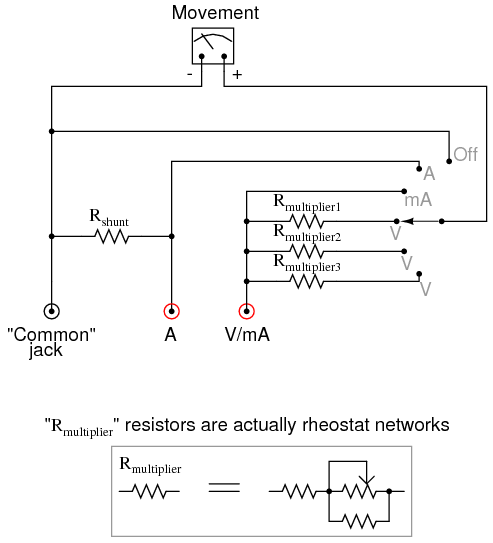Hackpenguin
New Member
Hey,I'm wanting to build a multimeter with a 1mA meter,resistors and a lm324 opamp. I think it can source 5-10mA. I'm using the opamp as a voltage follower. I know I will not be able to measure mains power but I think for me a low voltage vom meter is good enough for me. I'm thinking about powering it from 2x 9v batteries, so it gives the opamp 18v so it has a wide range of voltage

